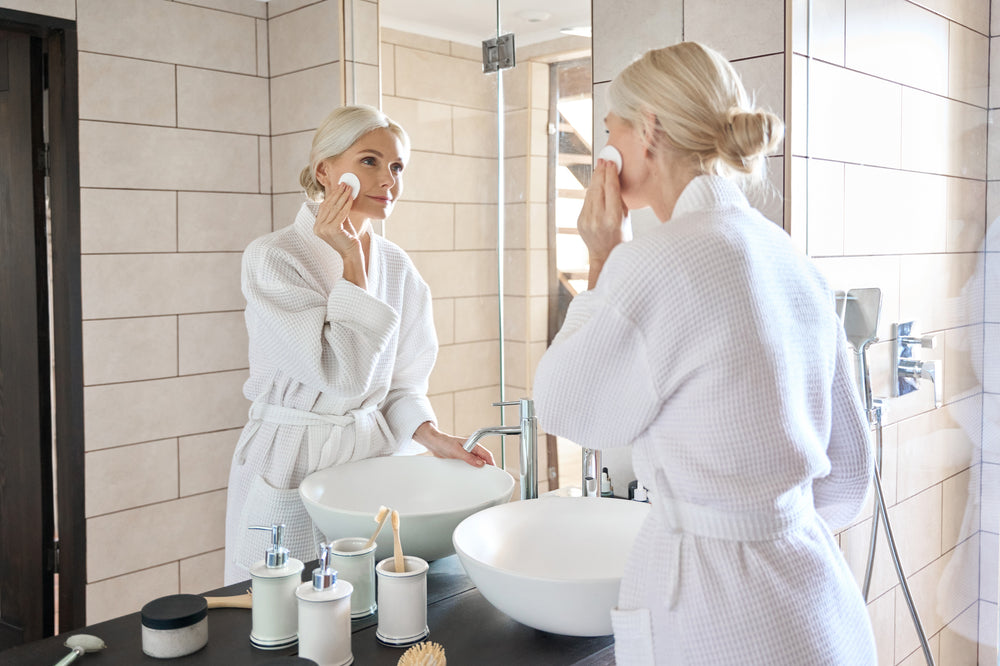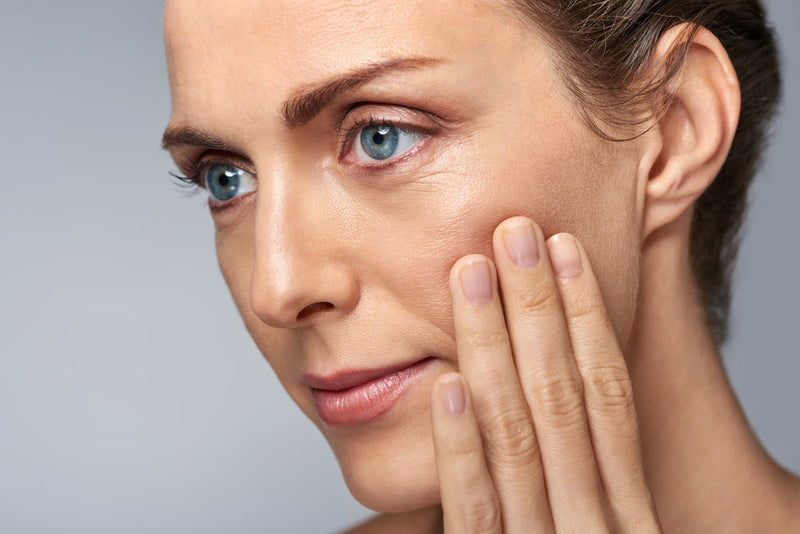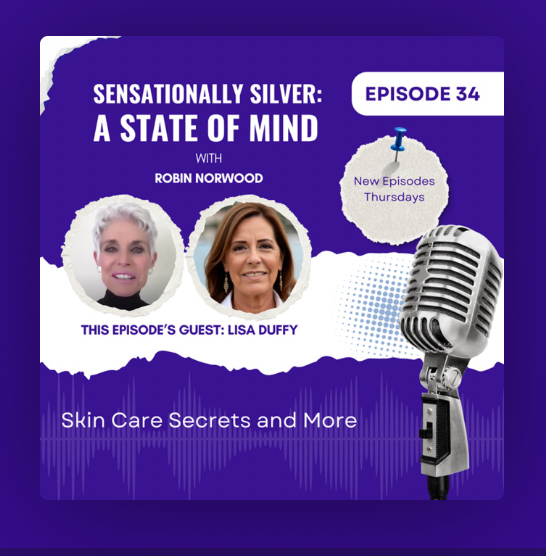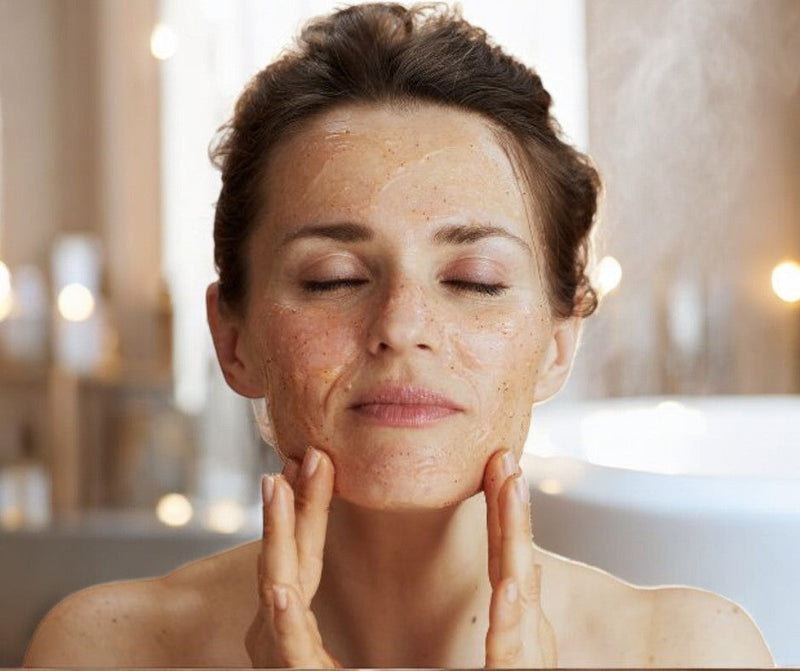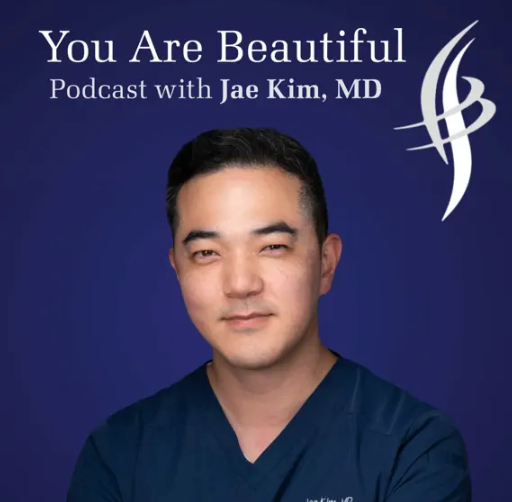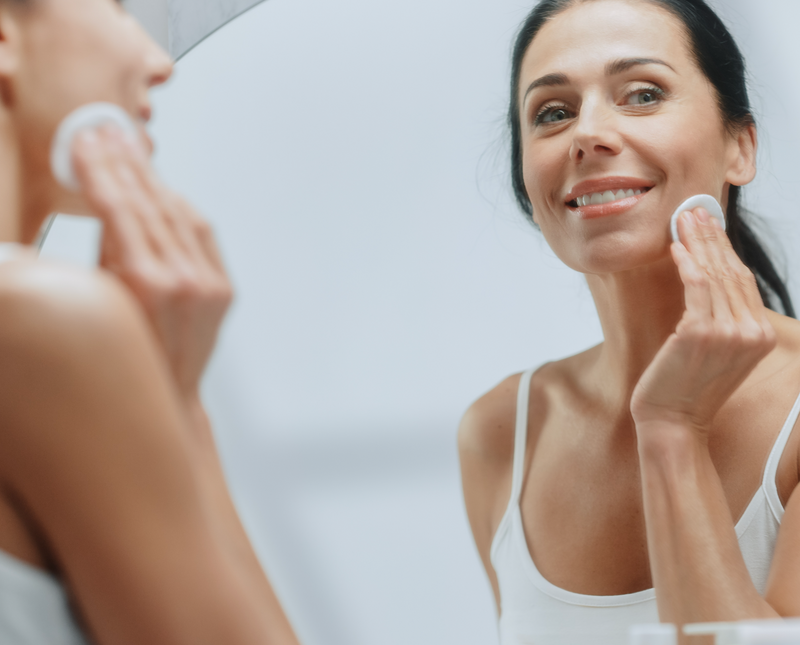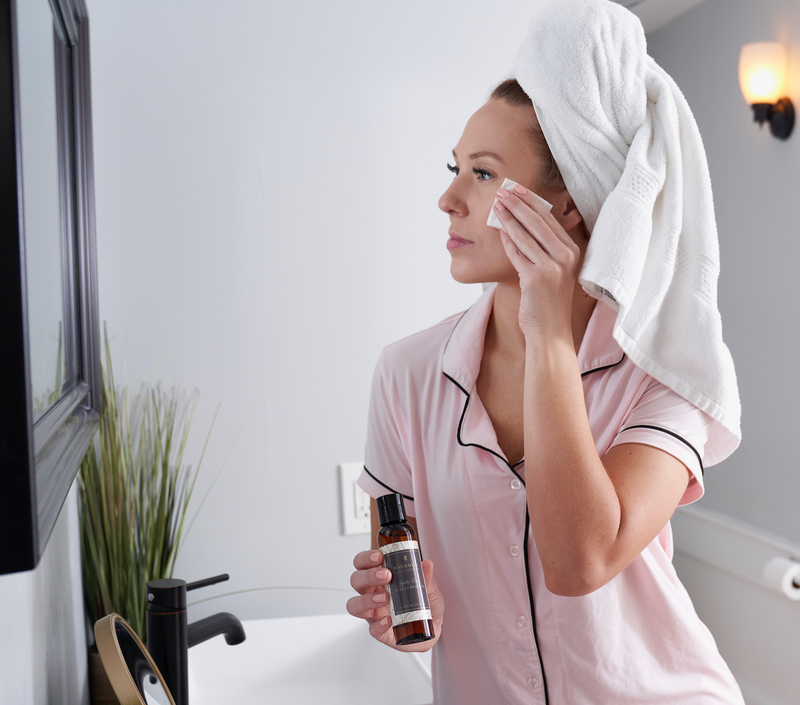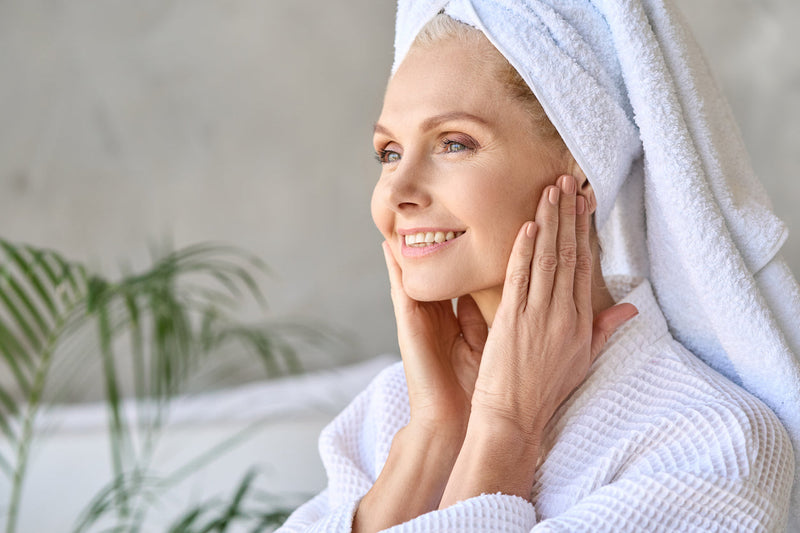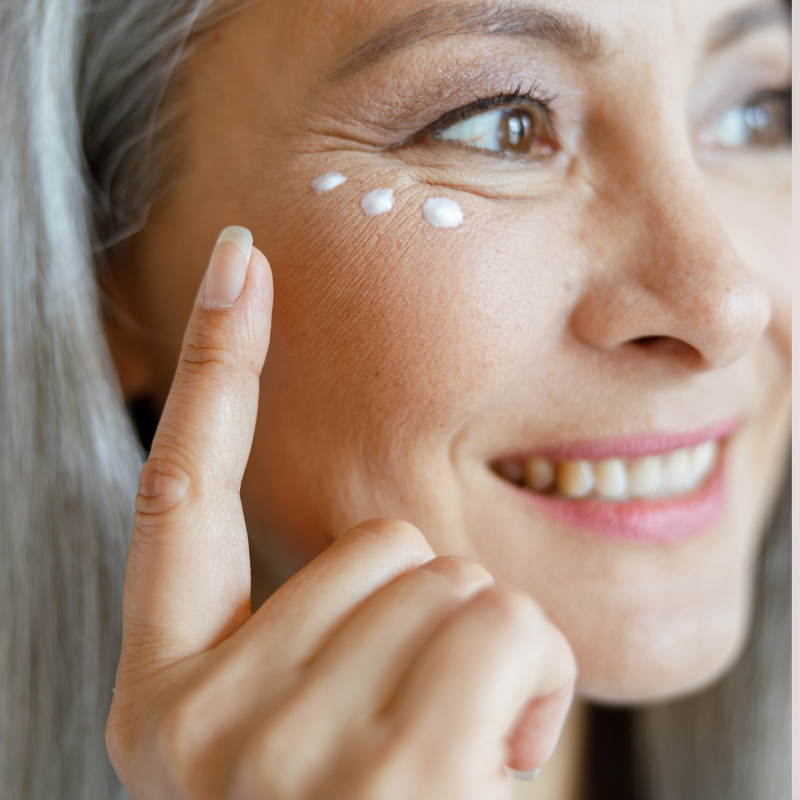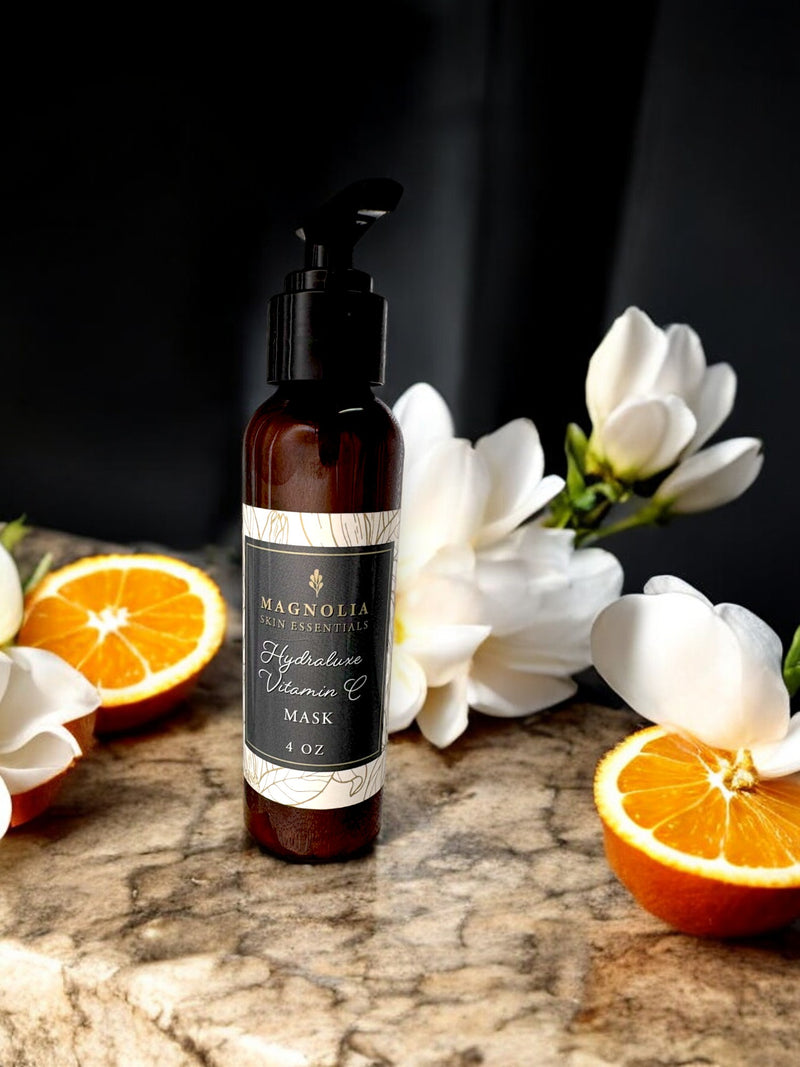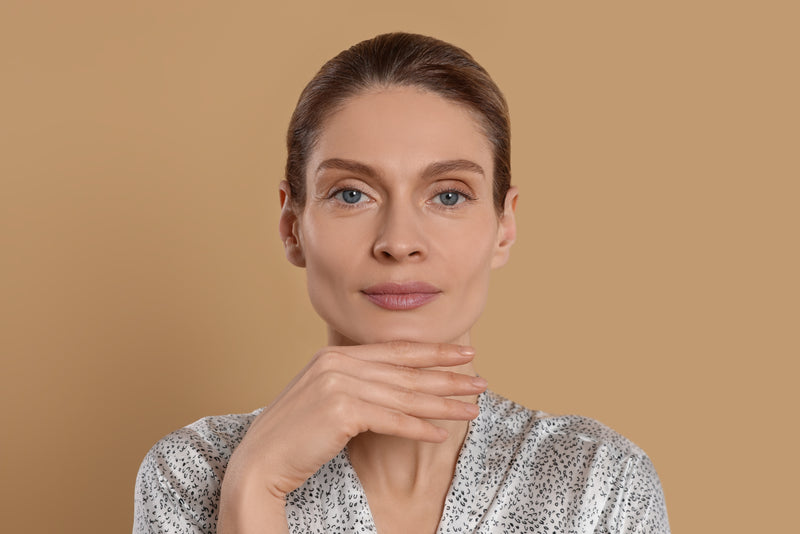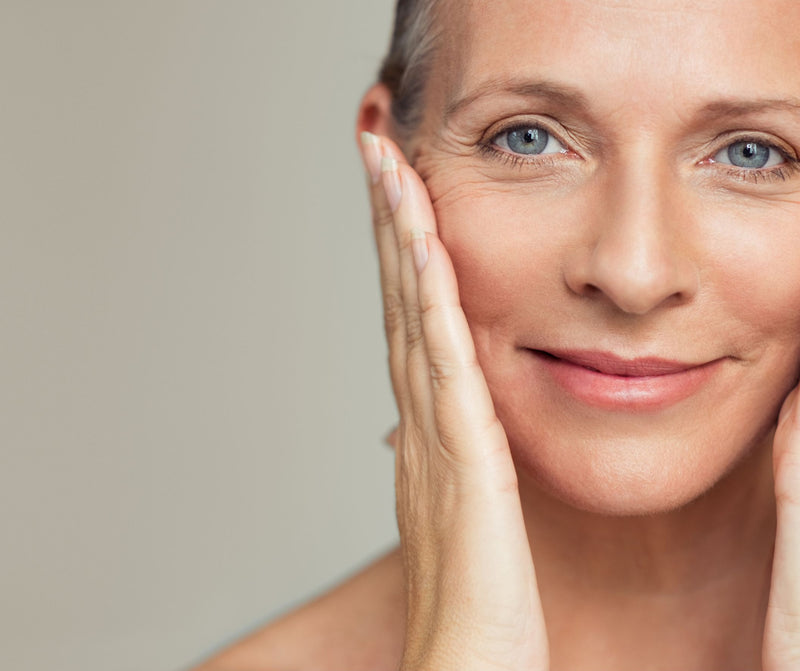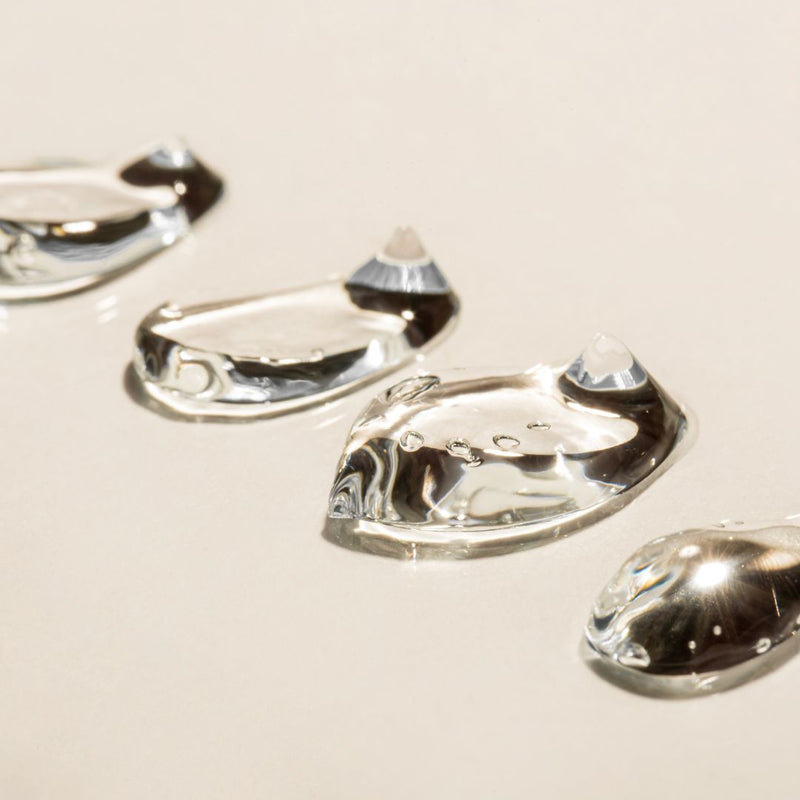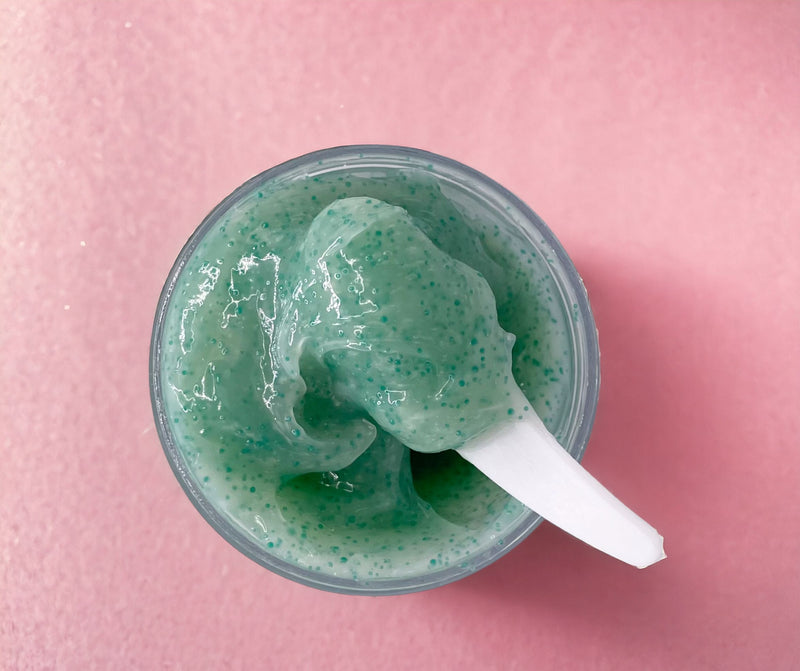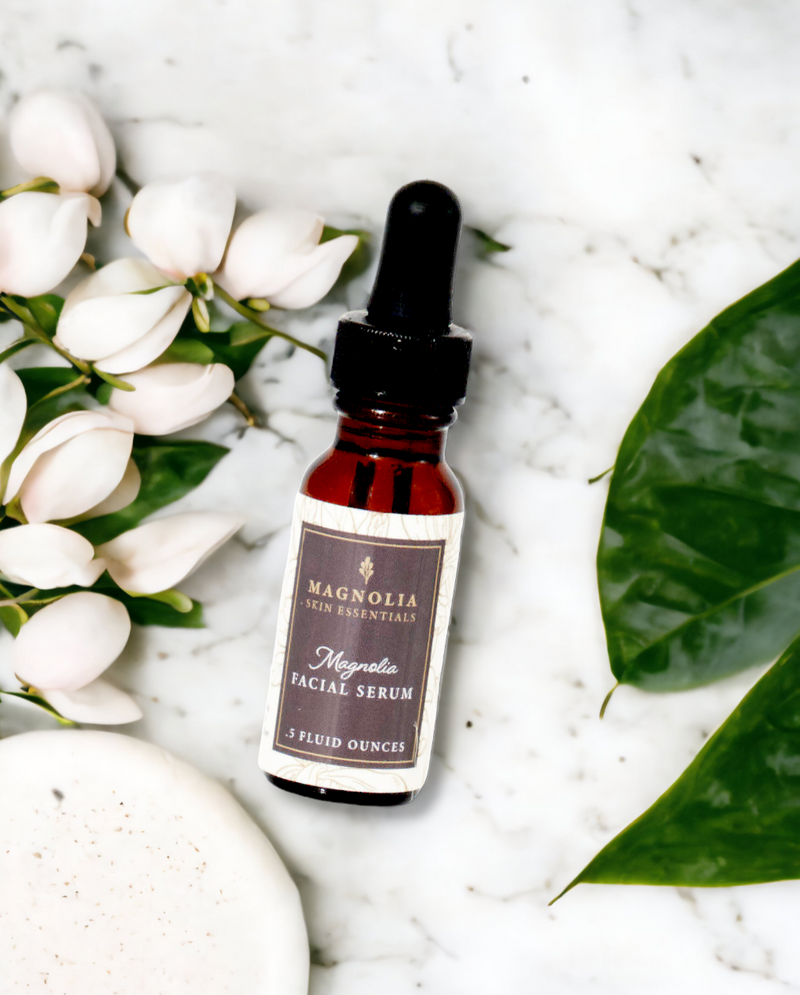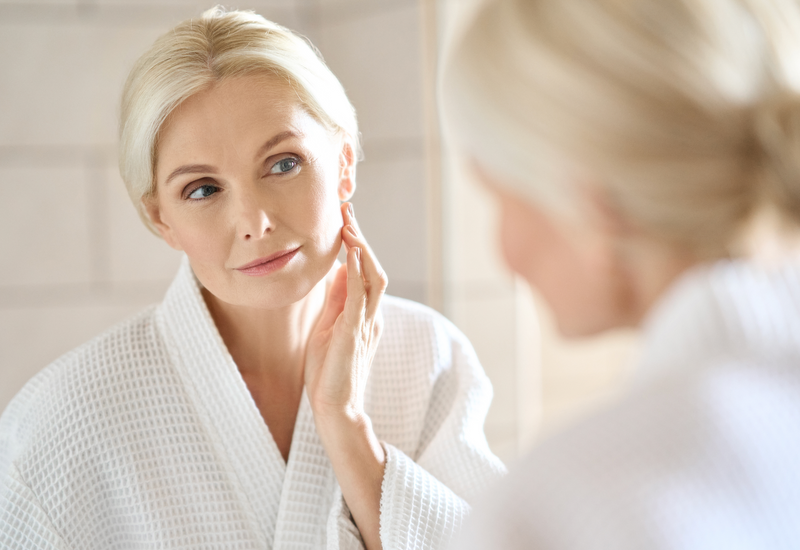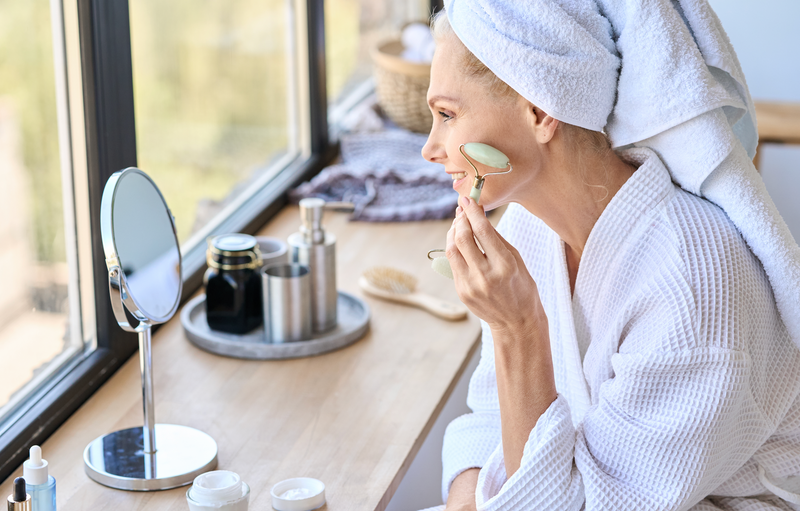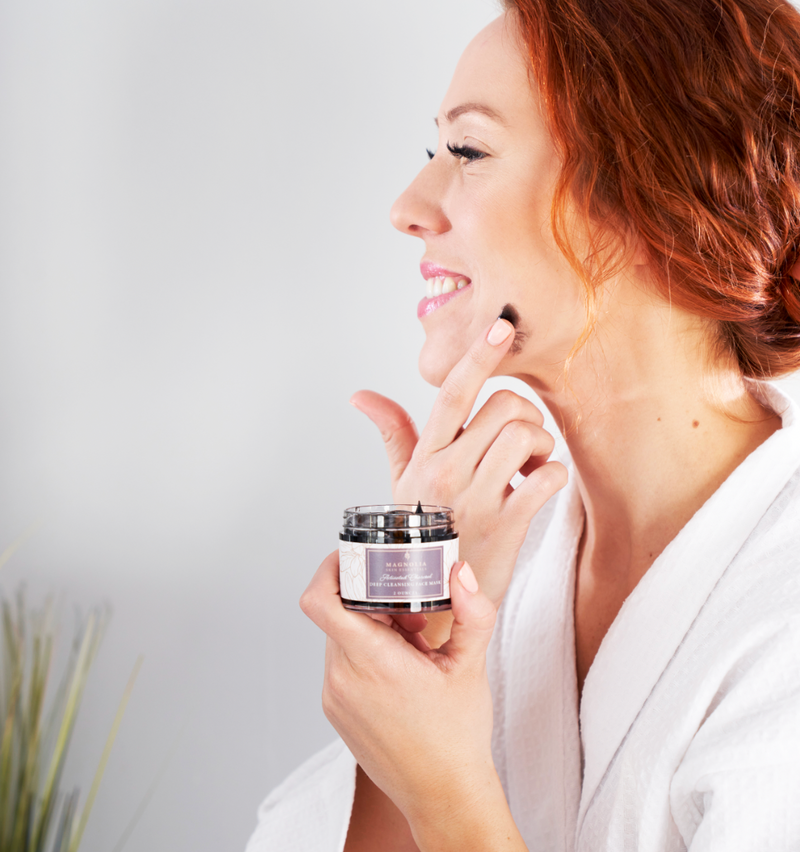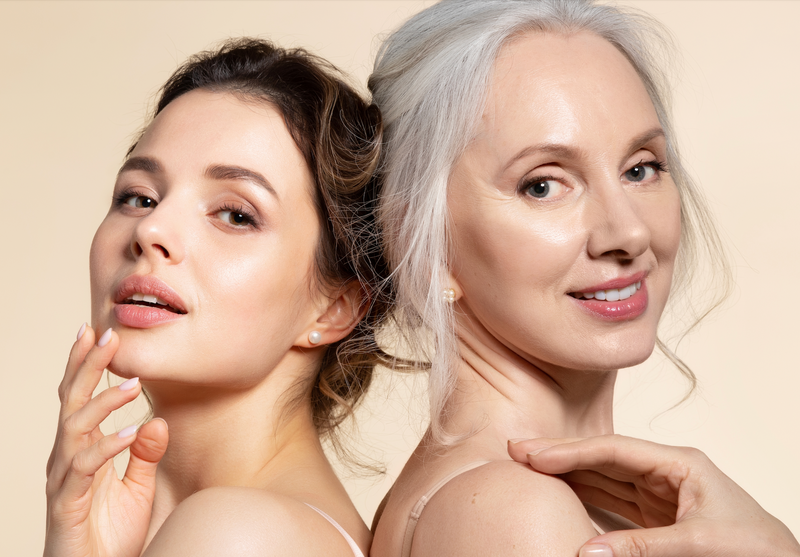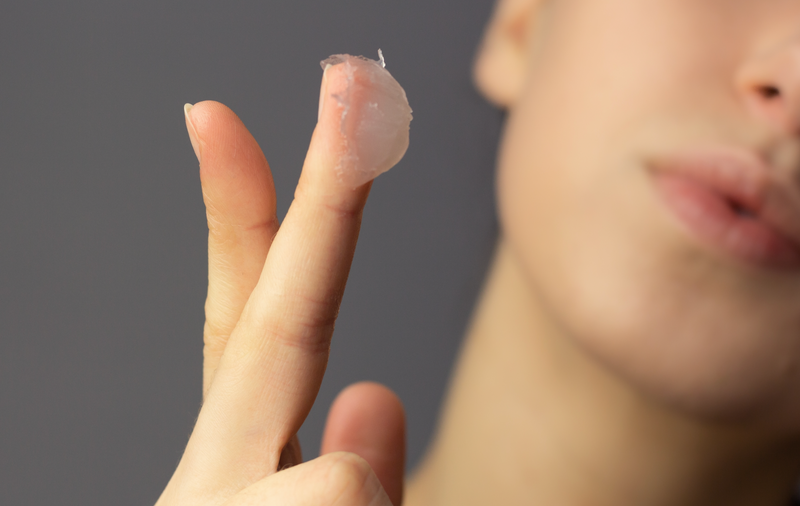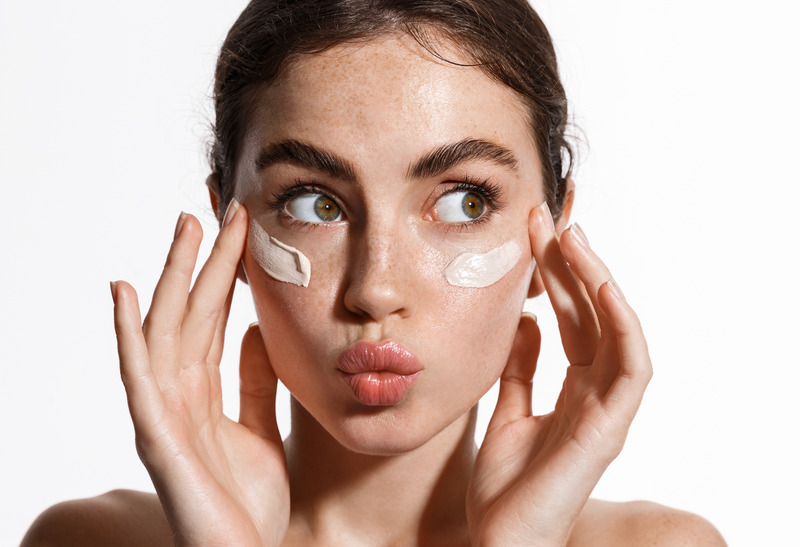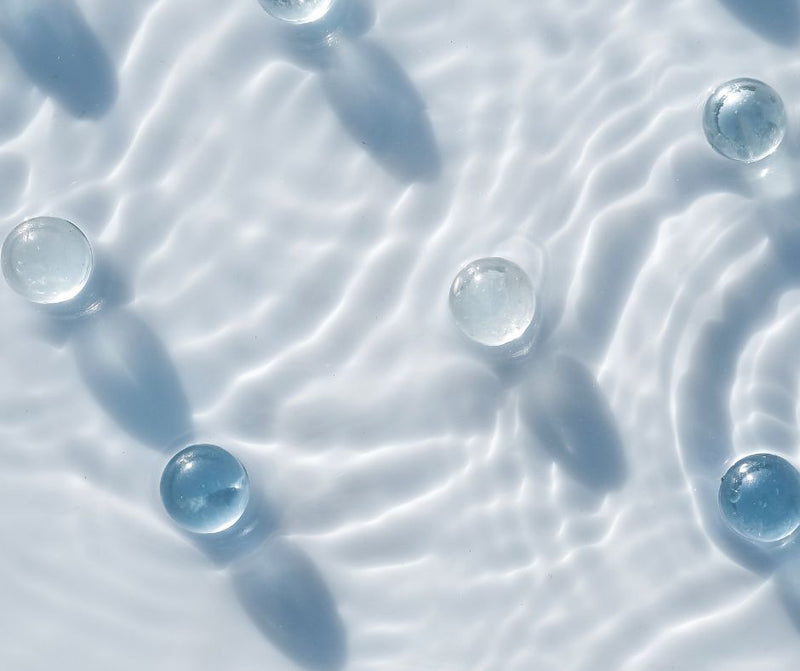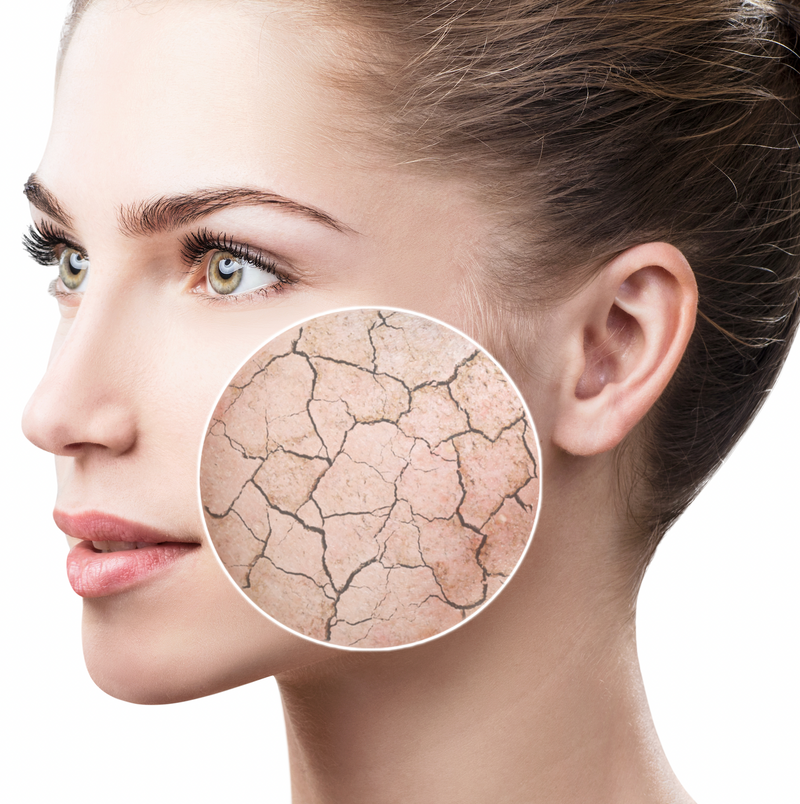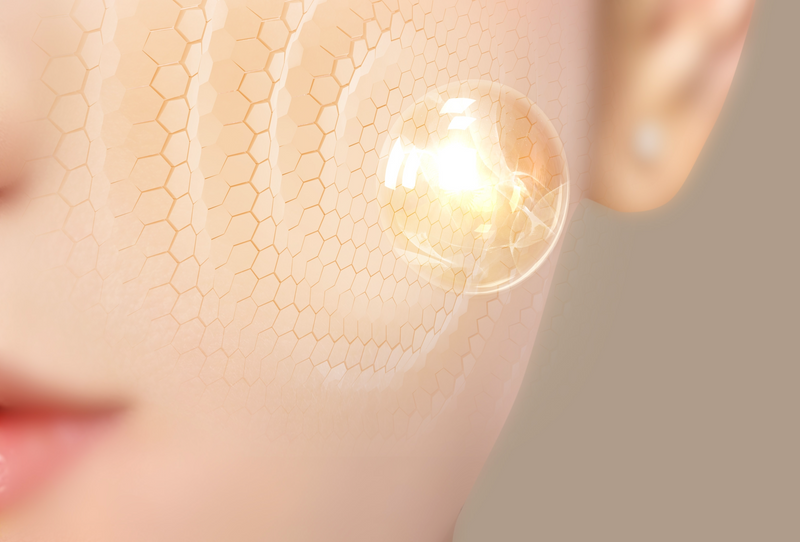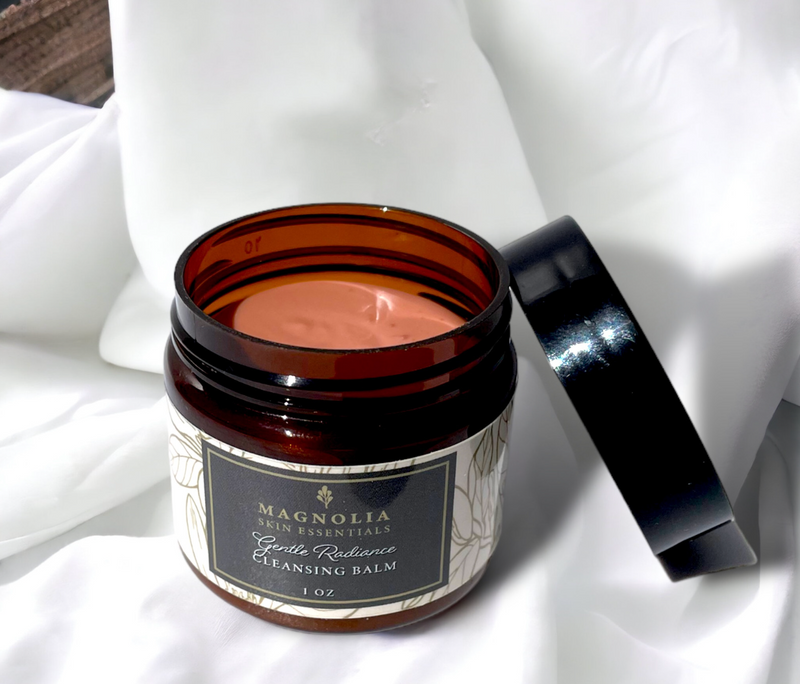I will always remember watching my grandmother remove her makeup at night with Ponds cold cream. I have no idea what the popular skincare routines were back in 1969, but I can tell you my Grandma Madrid swore by this method. She would slather her face with the stuff, including over her tightly closed eyes, and then remove it all with a wet wash cloth. That was it.
You can still find Ponds Cold Cream out there in some stores, but I don’t recommend using it for the simple fact that it contains DMDM Hydantoin, which is a Formaldehyde releasor that can cause hair loss and severe allergic reactions.
But more so, because our knowledge about our skin and how to care for it has come a long way since 1969, and even with all the skincare trends that come and go, there are some routines that are worthy of our attention. One of those is the double-cleansing routine.
Double-Cleansing Is Simple
Double-cleansing is simply using an oil-based cleanser before using a water-based cleanser so your skin gets cleaner without stripping it of the sebum we naturally have on our skin or disturbing the microbiome. In my opinion, though, if you have traditionally used a makeup remover before you’ve washed your face at night with soap and water, then you’ve really have always been “double-cleansing”. So, kudos to you if you do this!
Oil-based cleansers break down and wipe off dirt and makeup first, and this allows your water-based cleanser to cleanse your skin more effectively. Of course, I highly recommend using a toner after you cleanse to restore balance to the pH level of your skin and clear away any debris that may be keeping your pores enlarged. A toner can also be a great indicator of how well your face has been cleansed. If the cotton ball or pad you use to apply the toner wipes clean, your face is clean.
Afraid Oil Will Clog Your Pores?
Many women struggle with the idea of using oil-based products because of the potential to have clogged pores, which can lead to acne and other skin conditions, so they shy away from anything that might put their skin at risk. This is completely understandable! But the key here is knowing which oils are comedogenic (conducive to clogging pores), and which are non-comedogenic.
Some of the oils that can – not guaranteed to, just possible – clog your pores are coconut oil, olive oil, avocado oil, and cocoa butter. If you see a product you like and want to try, but see that it has one or more of these ingredients in it, try testing a small amount behind your ear or underneath your jawline to see how your skin reacts and decide from there. I have used products with coconut oil and cocoa butter on my face for many years without any pore-clogging problems or reactions, but that’s just me. Those ingredients may effect someone else differently, so it’s important to see how your own skin reacts.
Oils that are non-comedogenic are lighter weight oils, also known as “dry oils” and the most popular of these are grape seed oil and jojoba oil, both of which are key oils in Magnolia Skin Essentials products. For example, if you decide to use the double-cleanse routine, I highly recommend using our Jojoba Rose Makeup Remover as the first step. With only two ingredients, pure organic Jojoba oil and Rose Absolute Essential Oil (which has anti-microbial properties in addition to a heavenly rose scent), you can easily wipe away the day and be very kind to your skin at the same time. Follow with the soap or cleanser of your choice.
If you are 40+, I believe you will see great results when using the double-cleanse method and I highly recommend it for being truth, not a trend.

